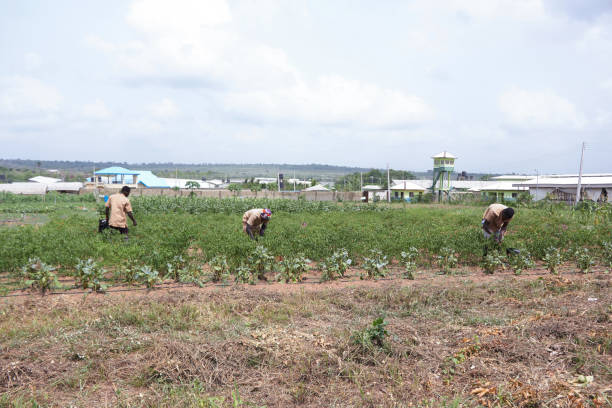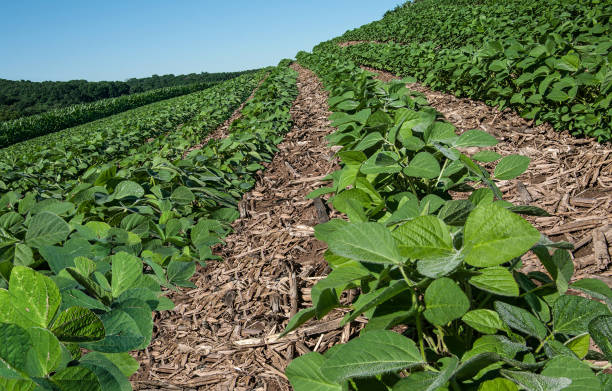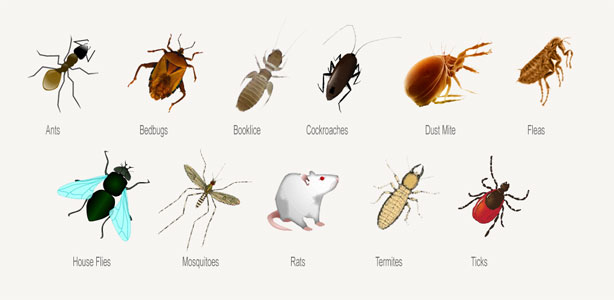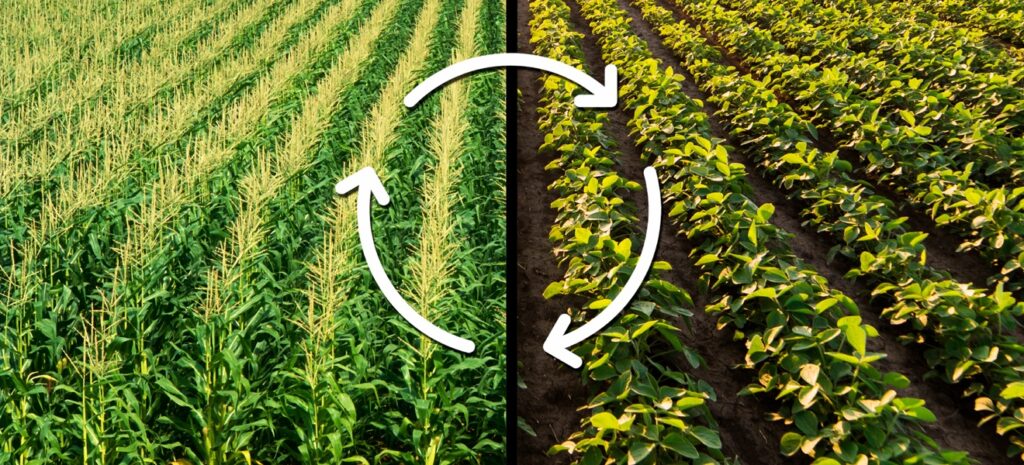We did a little research on crop rotation plans that are very suitable for the ecosystem in Nigeria. And that is what I want to share with you. A farming system that will marginally improve your productivity. Without adding so much fertilizer or increasing the amount of fertilizer you are adding, this crop rotation design can help you increase your yield. In this post, you will learn what exactly crop rotation is, the benefits of crop rotation, the principles guiding crop rotation, and how to practice crop rotation on your farm.

We have different cropping systems; however, this one stands out for a lot of reasons. We have inter-cropping, relay cropping, mixed cropping, strip cropping, etc. But crop rotation is the best of them. Crop rotation, in layman’s terms, is simply the planting of different types of crops in a sequential manner on a piece of land.
The benefits of crop rotation are quite numerous. This cropping system will help your farm in so many ways. It’s a system that can break the life cycle of pests and diseases on your farm. It can improve the fertility of your soil. It will also help you improve the soil structure, soil properties, and the overall health of the soil on your farm. Crop rotation is a long-term, proven strategy.
Let me start with the principles guiding this system. We have different types and different families of crops. The principle of this system of cropping ensures that two crops of the same family must not follow each other. Also, a shallow-rooted crop must not follow a deeply-rooted crop on the same farmland. Additionally, an exhaustive crop, which is a type of crop that depletes a lot of nutrients from the soil, must be followed by a replenishing crop, which is a type of crop that adds nutrients back to the soil.
When you plant a particular type of plant repeatedly on a particular piece of land, it breeds pests over time that are specific to that type of plant. And don’t forget, each crop has a particular nutrient they desire the most for growth. For instance, if you plant maize on Plot 1 continuously for a couple of years, nitrogen is greatly needed by the maize. So nitrogen will be quickly depleted from that piece of land, and you will have pest buildup. So that after 2 to 3 years, you begin to experience a low maize yield from that piece of land.
To demonstrate this, let me show you a table that represents farmland that has been divided into four.
| Year | Plot 1 | Plot 2 | Plot 3 | Plot 4 |
| 1st | Maize | Cassava | Cowpea | Tomatoes |
| 2nd | Maize | Cassava | Cowpea | Tomatoes |
| 3rd | Maize | Cassava | Cowpea | Tomatoes |
| 4th | Maize | Cassava | Cowpea | Tomatoes |
The whole world is an ecosystem. When you plant a particular plant on a certain farmland, the pests lay their eggs in anticipation of your next planting season. To breed their next generation, which will feed on your crops. So if you plant the same crops, you will only be providing a habitable home and a lot of food for the pests. That’s creating a lot of pest problems for yourself. This is how crop rotation can break the life cycle of pests and diseases on your farm. Now here is an ideal plan for you to experience a better yield.

| Year | Plot 1 | Plot 2 | Plot 3 | Plot 4 |
| 1st | Maize Millet Sorghum | Cowpea Soyabean Melon | Yam Cassava Potatoes Cocoyam | Tomatoes Chilli Peper Okra Spinach Cucumber |
| 2nd | Cowpea Soyabean Melon | Yam Cassava Potatoes Cocoyam | Tomatoes Chilli Peper Okra Spinach Cucumber | Maize Millet Sorghum |
| 3rd | Yam Cassava Potatoes Cocoyam | Tomatoes Chilli Peper Okra Spinach Cucumber | Maize Millet Sorghum | Cowpea Soyabean Melon |
| 4th | Tomatoes Chilli Peper Okra Spinach Cucumber | Maize Millet Sorghum | Cowpea Soyabean Melon | Yam Cassava Potatoes Cocoyam |
When you have different types of crops and you rotate them in different ways, you offer a lot of benefits to your farm. First, the pests of each of these groups of plants are similar to each other because they have similar nutrient requirements and largely similar life cycles.
Moreover, these different classes of plants provide functional benefits to the soil structure and fertility. Leguminous plants like cowpea, soybean, and melon are known to be nitrogen fixers, and they prevent soil erosion. They improve the fertility of the soil naturally, while tuber crops like cassava, yam, cocoyam, and potatoes help the aeration of the soil and the general soil structure.

When you rotate the group of crops you plant on a particular piece of land sequentially, you disrupt the ecosystem of the pests. Even if eggs have been laid, they won’t thrive because a different crop has been planted in that location with a different nutrient specification. This would naturally starve the pests, causing a decline in their propagation.
What do you think about the crop rotation plan? Do you have more plants that can be added to these pools or a different rotation formula? I want to hear your take in the comments section. If you have any questions, you can also ask.


